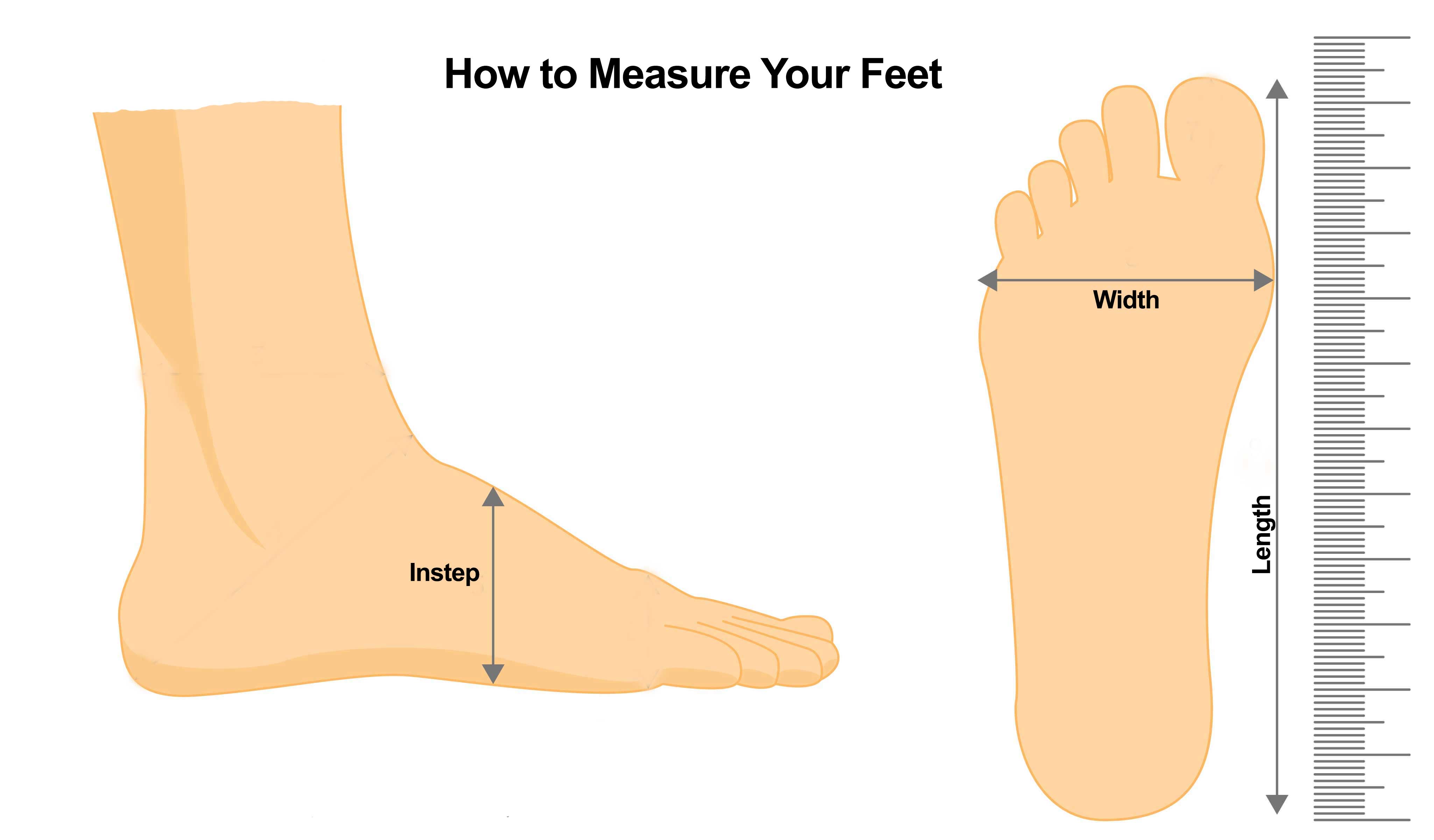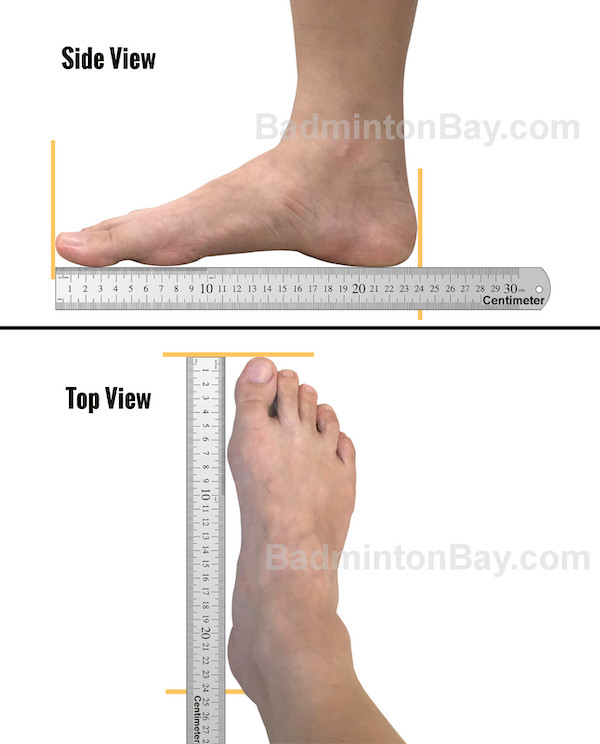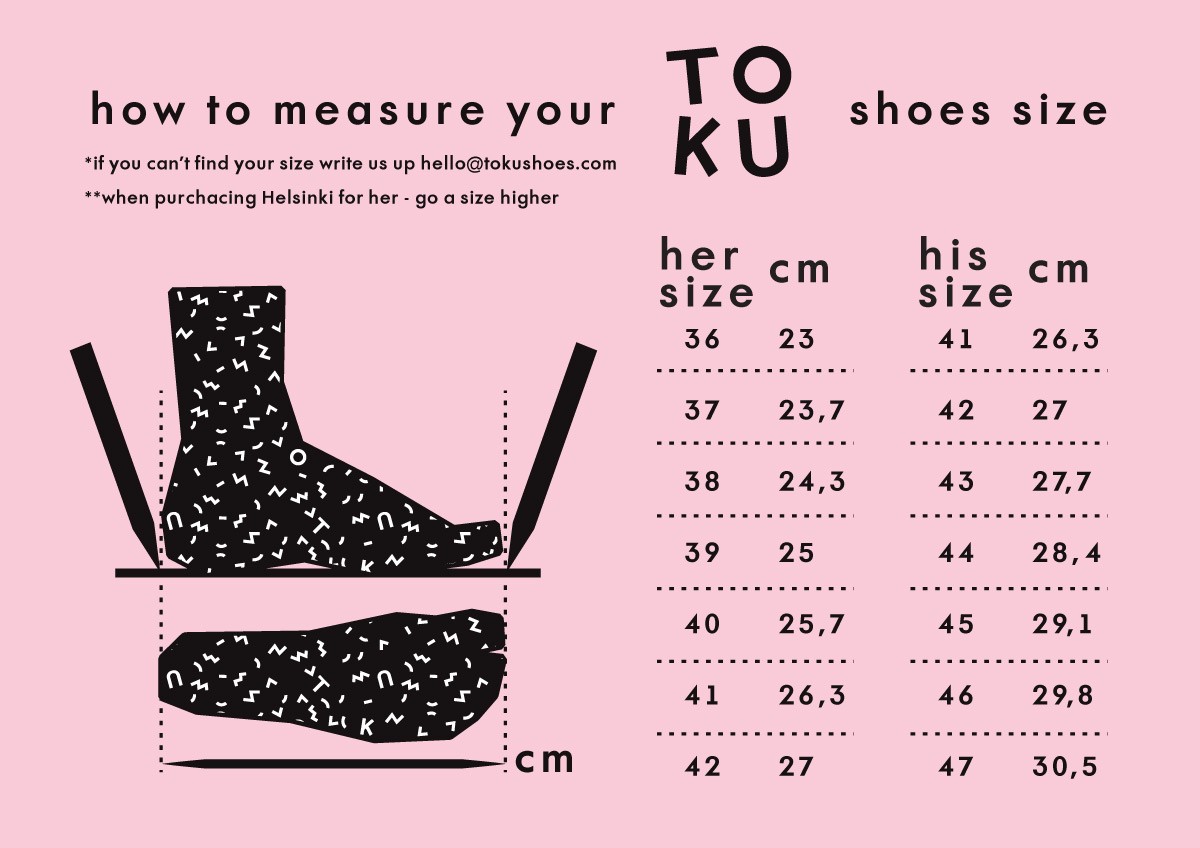The Importance of Measuring Foot Width
Choosing the right shoes isn’t simply about selecting a stylish pair; it’s essential to ensure a proper fit. One of the most crucial aspects of shoe fitting is measuring foot width. Many people underestimate the impact of width on comfort and support, often leading to foot pain or discomfort. According to recent studies, approximately 60% of people wear shoes that don’t fit properly, which can cause long-term foot problems (source: NCBI). By measuring your foot width correctly, you can avoid these complications.
Understanding Shoe Width Sizes
Shoe sizes vary significantly across brands, and understanding width sizes is just as essential as knowing your length. In the U.S., shoe widths are categorized into standard letters: B (narrow), D (standard for men), E (wide), and EE (extra wide). While this system may seem straightforward, widths can vary from brand to brand, which often confuses shoppers.
How to Measure Foot Width: A Step-by-Step Guide
What You Will Need
- A ruler or tape measure
- A piece of paper
- A pen or pencil
- A flat surface to measure on
Step 1: Prepare Your Foot
For the most accurate measurement, it’s best to measure your feet in the afternoon when they are slightly swollen. Stand on the piece of paper with your heel against a wall and ensure full weight is on the foot.
Step 2: Trace Your Foot
Using the pen or pencil, trace around your foot. Ensure the pencil is perpendicular to the paper for an accurate outline. Repeat this for both feet, as sizes can vary slightly.
Step 3: Measure the Width
Measure the widest part of the foot tracing from side to side using your ruler or tape measure. This number in inches will help you determine your width size.

Step 4: Find Your Shoe Width Size
Refer to a shoe size chart to match your foot width measurement to the correct width designation. It’s advisable to consult specific brand charts since sizes can differ. Below is a general width chart for reference:
| Width (inches) | Width Size |
|---|---|
| 3.0″ – 3.3″ | B (Narrow) |
| 3.4″ – 3.8″ | D (Standard) |
| 3.9″ – 4.1″ | E (Wide) |
| 4.2″ and above | EE (Extra Wide) |

Real-World Footwear Experiences
Let’s take a look at some real-world experiences regarding the importance of measuring foot width. Consider Sarah, an avid runner, who was wearing size D running shoes. She began to experience discomfort in her arches and outer toes. After consulting a professional, she learned that she actually needed a wider shoe, size EE, which significantly improved her comfort during runs.
Another example is Jack, who found his work boots pinching at the sides. After measuring his foot width, he discovered he was wearing a half-size too small in width. Switching to a wider boot allowed Jack to work long hours without discomfort.
Tips for Finding the Right Shoes Based on Width
1. Always Measure Regularly
Foot size, including width, can change due to various factors such as age, weight fluctuations, or health issues. It’s advisable to measure your feet every six months to determine if adjustments are needed.

2. Visit a Professional
While DIY methods are helpful, visiting a professional shoe fitter can provide a more precise measurement and increase comfort. Shoe fitters can also give advice on styles and brands that suit specific foot shapes.
3. Try Before You Buy
Whenever possible, try shoes on before purchasing. Walk around the store to assess comfort and fit. Remember to wear the socks you intend to use with the shoes.

4. Read Reviews
Customer reviews can offer insights into how shoes fit, including width. It’s beneficial to check feedback specifically related to width and comfort, as different brands have varying constructions.
Case Studies: Width and Comfort
Case Study 1: Running Shoes
A recent survey conducted by the American Academy of Podiatric Sports Medicine found that runners who wore properly fitted shoes, including the correct width, reported 30% fewer injuries than those who did not (source: AAPSM). Runners who mistakenly purchased shoes thinking a snug fit was best for performance often experienced blisters and foot fatigue.

Case Study 2: Work Footwear
A construction firm implemented a policy to provide workers with professionally fitted work boots. Employees who received shoes that fit well, including correct width, reported increased productivity and fewer foot-related absences from work. This case demonstrates how prioritizing proper fit aids not only in individual comfort but also in work efficiency.
Product Highlights: Recommended Shoe Brands for Various Widths
Here are some top shoe brands known for their wide range of width options:
- New Balance: Renowned for their athletic shoes available in various widths (B, D, 2E, 4E).
- Brooks: Offers running shoes that cater specifically to different foot widths.
- Skechers: Known for comfort, their styles often come in wide widths.
- Clarks: A great option for formal shoes that focus on comfort and width.
- Asics: Another popular brand for runners, providing options for wider feet.

Pros and Cons of Measuring Foot Width
Pros
- Improved comfort and fit.
- Reduces the likelihood of foot-related pain.
- Aids in selecting the correct shoe size across brands.
Cons
- Some people may find the measuring process inconvenient.
- Width measurements can be subjective and vary between brands.
- Not all brands offer width options, limiting choices.

FAQs about Measuring Foot Width for Shoes
1. How do I know if I have wide feet?
If your feet measure closer to the upper range of the standard width sizes (especially D, E, or EE), you may have wide feet. Additionally, discomfort in traditional-width shoes can indicate that you need a wider option.
2. Can I measure my foot width at home?
Yes, following the steps outlined above allows you to measure your foot width accurately at home.

3. Do different shoe brands have different width measurements?
Absolutely! It’s essential to refer to the specific size chart of the brand you are interested in as there can be significant variations.
4. What if one foot is wider than the other?
This is quite common! Always go with the size that accommodates your wider foot, and you can use insoles for the tighter side if necessary.
5. Should I wear socks when measuring my foot?
Yes, wear the type of socks you plan to use with your shoes while measuring to ensure an accurate fit.
6. Can shoe width affect my walking posture?
Yes, improper shoe widths can lead to instability and poor posture, which may cause issues with alignment and balance.
7. Are there shoes specifically designed for wide feet?
Yes, many brands design shoes specifically for wider feet. Look for shoes labeled as wide (D, 2E, 4E).
8. Is it important to measure both feet?
Yes, always measure both feet as they may differ in size, and use the larger measurement for your shoe size.
9. Can a professional help me find the right shoe width?
Absolutely! A certified shoe fitter can assist you in finding the best shoe size and width for your foot shape.
10. How often should I measure my foot width?
At least every six months, or whenever you notice discomfort in your shoes, as foot size can change over time.